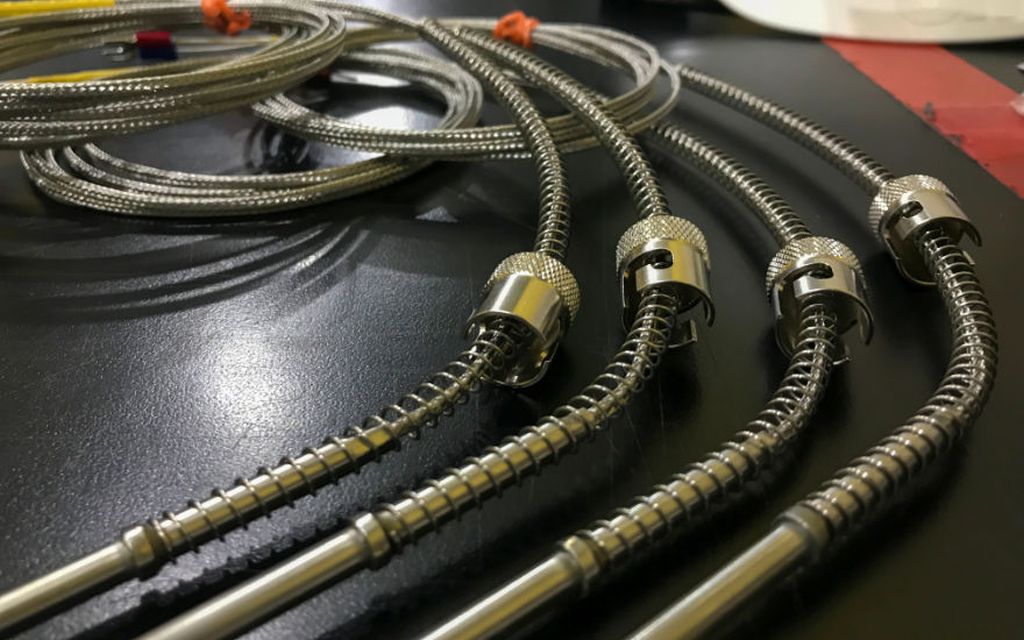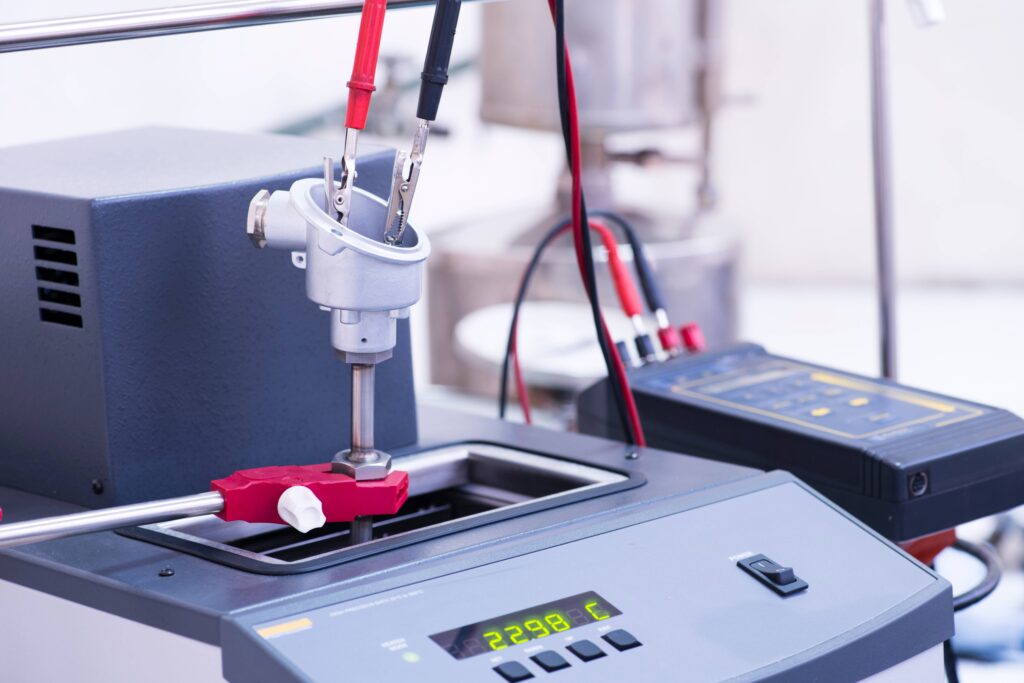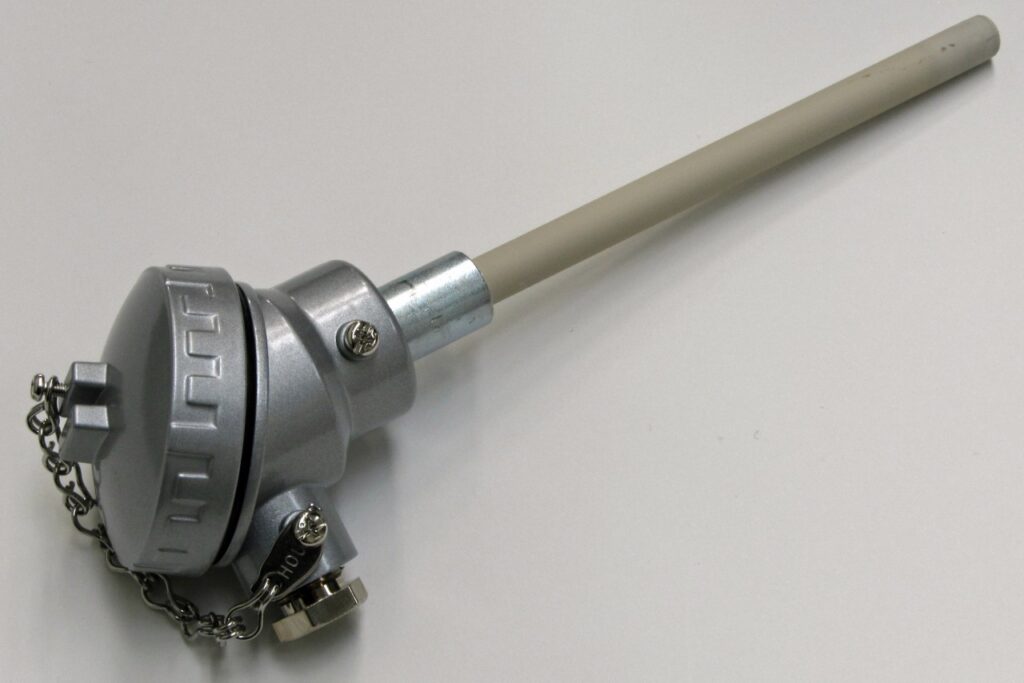Modern society is propelled forward by a multitude of inconspicuous yet indispensable components and technological breakthroughs that operate silently behind the scenes. These unassuming elements constitute the bedrock upon which our technological progress and innovation rest. Their silent contributions have been instrumental in propelling humanity to its current advanced state of development.
Among these inconspicuous marvels lies the thermocouple, a term that might not have crossed the ears of many. If you find yourself pondering, “What exactly is a thermocouple?” you’re far from being alone. However, fear not, as we embark on an exploration of their significance, applications, and impact on various facets of our lives.
What Are Thermocouples?

Source: profireenergy.com
Thermocouples, often referred to as thermocouple sensors, are diminutive devices with an outsized role in the realm of temperature measurement and monitoring. In a world where temperature serves as a critical metric across a wide spectrum of applications, thermocouples have carved out a substantial niche for themselves.
At their core, these devices harness the phenomenon known as the Seebeck effect to generate a voltage within an electrical circuit between disparate hot and cold junctions. This resultant voltage serves as a proxy for the temperature being measured. While the intricacies of the scientific underpinning might be best left to experts, delving into their manifold applications provides a more tangible grasp of their importance.

Source: stawelltimes.com.au
The reach of thermocouples extends across a staggering array of systems and devices, predominantly due to their exceptional temperature-sensing and measurement capabilities. Consider their indispensable roles in the following domains:
-
Home Appliances: The seamless operation of home appliances hinges on meticulous temperature control. Thermocouples play a pivotal role in ovens, refrigerators, heaters, and boilers by consistently gauging temperatures and facilitating optimal internal conditions. This not only enhances the efficiency of appliances but also bolsters their safety quotient.
-
Automotive Engineering: Within the realm of automotive engineering, thermocouples assume the crucial task of regulating temperatures within vehicles and engines. From diagnostic assessments to exhaust emission tests and performance evaluations, these sensors provide invaluable temperature data to pre-empt overheating, thereby elevating safety standards.
-
Industrial Processes: In the realm of industrial operations, many processes are exquisitely sensitive to temperature fluctuations. Thermocouples play a central role in ensuring the safe and efficient execution of these processes. From manufacturing machinery to energy production facilities, temperature monitoring becomes an indispensable tool for fault detection and rectification, thus safeguarding capital investments.
-
Medical Devices: Medical procedures, particularly surgeries, demand meticulous monitoring of a patient’s vital signs. Body temperature, influenced by anesthesia, emerges as a pivotal concern. Here, thermocouples step in to regulate and maintain optimal body temperatures, thereby contributing to patient well-being. Moreover, in sterilization processes and laboratory settings, these devices further exhibit their versatility.
Conclusion

Source: staffordinstruments.co.uk
In an era driven by relentless technological advancement, it is all too easy to overlook the myriad subtle components that enable this progress. The thermocouple stands as an emblem of this quiet yet transformative role.
Without the keen accuracy of temperature measurement and the pivotal insights they offer, the landscape of modern society would be markedly different. The next time you flip a switch, drive a car, or even undergo a medical procedure, take a moment to acknowledge the inconspicuous heroism of the thermocouple – an embodiment of technology’s silent evolution.



